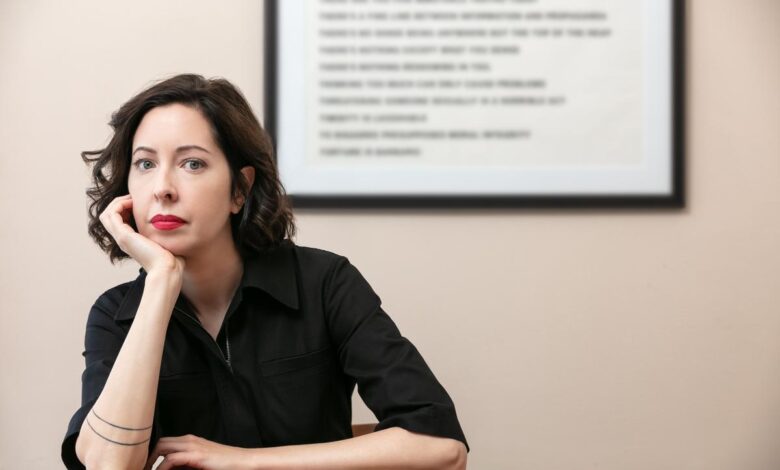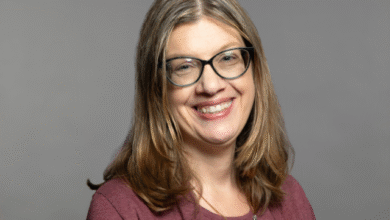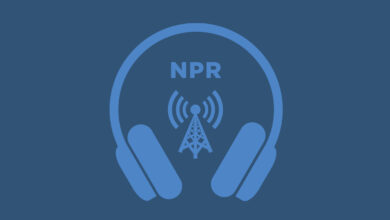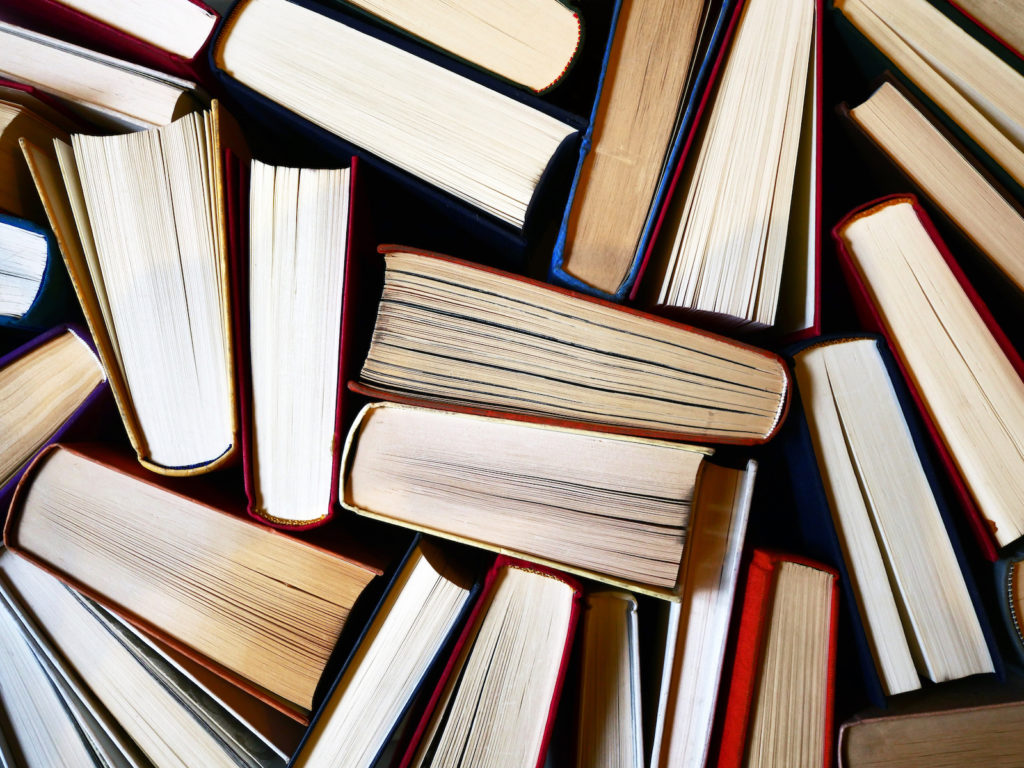Deceptively Small Things | Los Angeles Review of Books

Madelyn Dawson interviews Sarah Manguso about her new book “Questions Without Answers.”
Questions Without Answers by Sarah Manguso. Hogarth, 2025. 176 pages.
THE WORD CUTE is a direct descendant of the word acute—a conspicuously uncute word—and one that, in the 18th century, lent cuteness to descriptions of sharpness, shrewdness, and keenly heightened perception. In the introduction to her new book Questions Without Answers, Sarah Manguso addresses the etymology, writing, “The questions I included in this book are the ones that seemed the least contaminated by [an] adult audience. These questions are cute by the word’s original definition, swift and piercing. They cut to the quick.”
Questions Without Answers—illustrated by New Yorker master cartoonist Liana Finck—collects a series of over 100 of the many, many replies to Manguso’s first and only tweet: “What’s the best question a kid ever asked you?” The book divides these questions into six categories: “People,” “Animals,” “Things,” “Big Things,” “You,” and “Me.” Each question is accompanied by one of Finck’s distinctive illustrations, featuring figures with endearing but knobby bodies and wiry lips. The questions are often existential: some are about death, some about birth, and many about the body and how it works. They are cute, as children are often cute: they can get a little weird, but in the end, they warm the heart.
Cute, I imagine, is not a word that has often been used to describe Sarah Manguso’s nine previous books, which feature stories of perturbed marriages, an account of the author’s experience with autoimmune disease, and an 800,000-word diary that she kept for 25 years. Nor has the term been used to describe over a decade of Finck’s ink outlines and wobbly speech bubbles. But as Manguso reminds us, there is cuteness in Questions Without Answers—and therefore, wisdom, incisiveness.
There is also something undeniably precious about Finck’s drawings: take the picture of smiling hardwood panels under the stomp of an inked foot, accompanied by the question, “Does the floor like to be stepped on?” Children can guilelessly, obliviously sharpen our focus with a simple question. It felt as if the book briefly unscrewed my head and then refastened it at a slightly different angle. As the pages progress, naivete turns to wonder, hardwood floors to ruminations about the finality of death, and cuteness to acuteness, as Manguso promised.
I spoke recently to Manguso about Questions Without Answers, motherhood, and the power of aphorisms.
¤
MADELYN DAWSON: In your introduction to Questions Without Answers, you write about “delighting in very short literary forms,” something you’ve attempted yourself in books like 300 Arguments (2017). But you’ve also taken the other extreme and written long-form—both in your novels and in the meticulous, extensive diary that became the basis for Ongoingness (2015). What does the restraint of the short, aphoristic form offer you or challenge you to do that you might not be able to otherwise?
SARAH MANGUSO: I’ve been asked this question before, and I always bashfully explain that my diary is only as long as it is because I’ve been writing it for so many years. At one point, I did the math and found that my average daily output is about 100 words. And my novels are the same way—they aren’t long to begin with, and their compositional units, which you can see on the page, are short.
Why am I like this? I’ve just always been less interested in grand things than in deceptively small things. That said, when I was in Milan this month, I went to the Duomo, a building that took 600 years to build, and was appropriately impressed. But I also liked thinking about the accumulation of those 219,000 days of work as well as the grandeur of the finished cathedral.
I’m also interested in your discussion of teaching poetry in the introduction to this book—especially in the context of Kenneth Koch and other poets who also wrote for or taught children. What is it about poetry that feels so in line with the sensibilities of childhood? Has having children yourself changed the ways you’ve thought about yourself as a writer—or as a teacher?
Teaching children how to write poems is easier than trying to teach them how to write novels, though some children do write wonderful novels (Daisy Ashford!). In his books about teaching poetry to children, Koch demonstrates, among other things, how to get out of the way of children’s creativity. It’s a great lesson for overly didactic teachers (and I should know).
Being a mother has changed the way I think about both motherhood and artist-hood. Before I was a mother, I thought of my life as my very own masculine-coded hero’s journey. Now I raise my kid and I write, and I find both of those practices so much more interesting (and more heroic?) than the life I wanted when I was young.
There’s a huge overlap between making art and raising a child—and there’s an overlap between making art and being a child. “My child could do that,” goes the old saw. Maybe so! But could you? This book captures the essence of that kind of art.
I’m sure you received more responses than you knew what to do with when you tweeted a call for the best questions children have asked. How did you pick? Was there a conscious process of balancing the metaphysical with the funny and the plain absurd, or did you just choose the ones that spoke the most to you? Did they remind you of the things your children would say?
I didn’t want to include any questions that could be answered with a reference book, and I didn’t want to include any questions that seemed cutesy—cutesiness is cuteness that’s aware of itself. And of course, there were a lot of repeats about why pregnant women had eaten their babies, and if God is everywhere, is he in the toilet, etc. That rubric took the list from about 2,500 questions down to about 500.
After that, my editor, Parisa Ebrahimi, and I worked together to winnow the list to about 200 questions, and it wasn’t until after Liana was almost done with the illustrations that I considered how the questions ought to be arranged. I felt flummoxed until Parisa suggested thinking about how a child would sort the questions, and then I quickly came up with the six section titles that we used.
Do you have any hypotheses as to why children think so often about death? Is it just that the issue catches them trying to understand the adult world—learning that death is a fact of life but not yet knowing that it is something to fear? Or does it reveal something more existential about the condition of any human, children just being the ones unfiltered enough to vocalize the more taboo questions about dying?
Years ago, during my third Italian lesson, I choked up when I managed to say, in Italian, My flower is yellow and happy. I wasn’t impressed by my achievement; I was impressed by the pathos of the sentence. Young children’s questions also have this quality. As for a preoccupation with death, I think we all have that, but adults sort of wave it away, or throw clichés at it and pretend it’s been solved.
Is there something, even something small, trivial, or mundane, that you think is still missing from the way we think about children and talk about the work of motherhood?
I don’t think, in my lifetime, that the general public will suddenly stop considering children or feminine-coded lives as being less than fully human. There have been some good moments in world history—as when the ancient Aztecs revered women who had died in childbirth alongside warriors who had died in battle, or as when the developed world outside the United States decided that paid parental leave was necessary. But those moments have been rare, and in the near future, I expect they will become rarer still. So in the meantime, why not pick up this book?
¤
Featured image: Photo of Sarah Manguso by Beowulf Sheehan.
LARB Contributor
Madelyn Dawson is a Los Angeles Review of Books intern and writer from New York. Her writing has appeared in Paste, SPIN, and other venues.
Share
LARB Staff Recommendations
-
Kate Wolf and Medaya Ocher speak to Sarah Manguso about her new novel, “Liars.”
-
Jenessa Abrams reviews “Liars” by Sarah Manguso in the wake of Andrea Skinner’s essay about her sexual abuse at the hands of her stepfather, and her mother Alice Munro’s silence.
Source link




